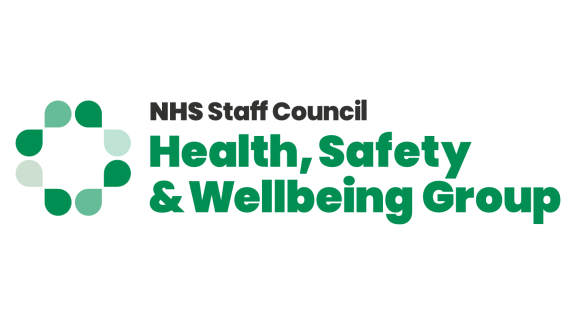Safety culture

This guidance was developed by the NHS Staff Council's Health, Safety and Wellbeing Group (HSWG), through partnership working between unions, management and specialist advisors.
HSWG recognises that partnership working ensures the best outcomes for patients and staff in protecting their health, safety and wellbeing (HS&W) and wishes to ensure this guidance is implemented with the same partnership approach.
What is safety culture?
The safety culture of an organisation is the product of individual and group values, attitudes, perceptions, competencies and patterns of behaviour that determine the commitment to, and the style and proficiency of an organisation’s health and safety management. Organisations with a positive safety culture are characterised by communications founded on mutual trust, shared perceptions of the importance of safety and by confidence in the efficacy of preventive measures.[1]
Culture forms the context in which people judge the appropriateness of their behaviour. An organisation’s culture will influence behaviour and performance at work.
A poor safety culture can cause accidents, injuries and ill health. A good safety culture can reduce injuries, may prevent injuries and improve staff health and wellbeing. There are clear links between improved staff experience and better care for patients.
The HSWG guidance is written from the perspective of staff safety, with all four countries of the United Kingdom collaborating to improve patient safety. It provides a signpost to documents that can support managers, staff, and trade union safety representatives in creating a culture that improves staff safety.
Below is a guide on how the four main influences can be applied to create a good safety culture in the NHS.
[1] The Health and Safety Commission. Advisory Committee on the Safety of Nuclear Installations (ACSNI): Study Group on Human Factors; third report, Organising for Safety, London, H.M.S.O, 1993.



